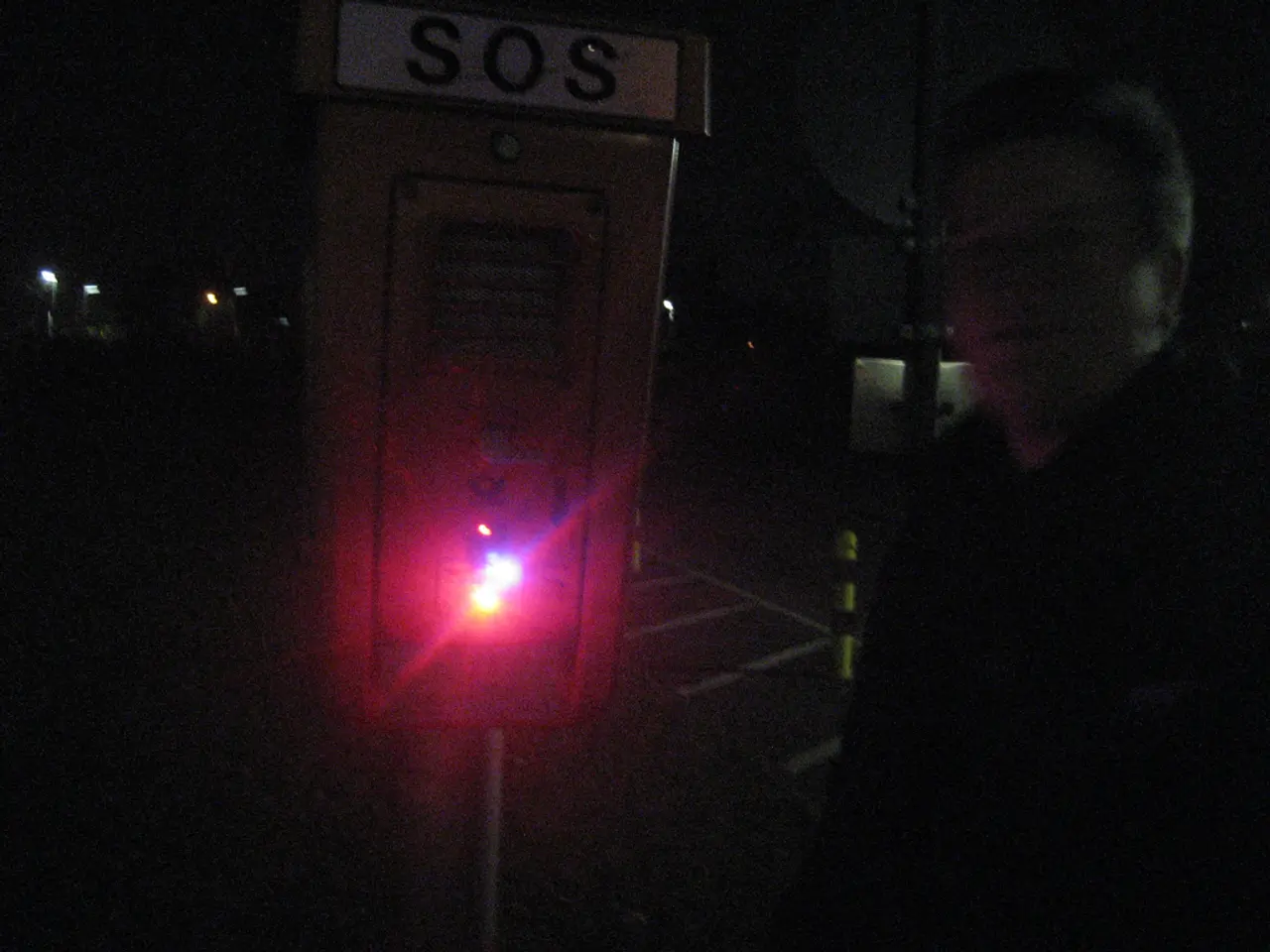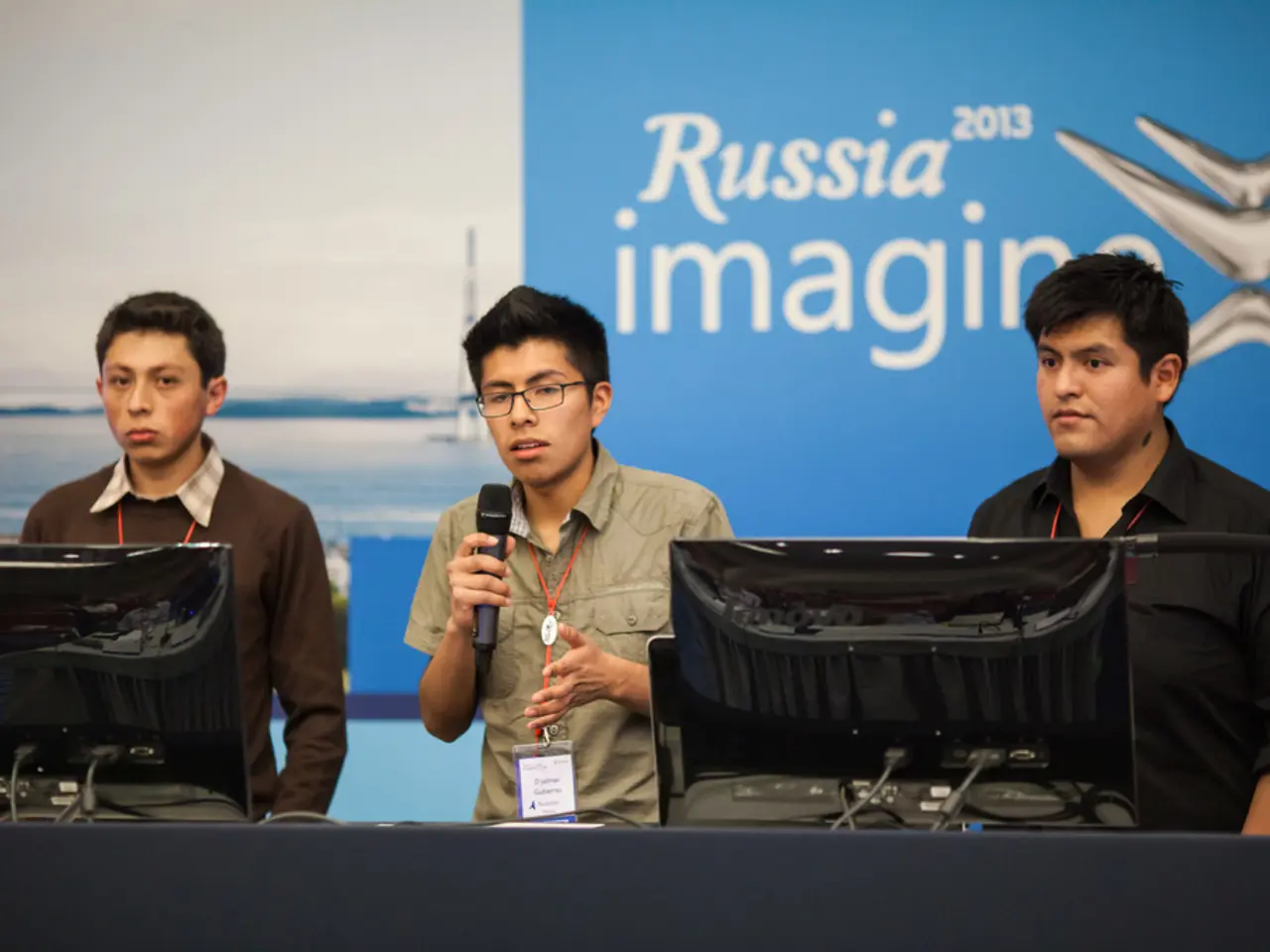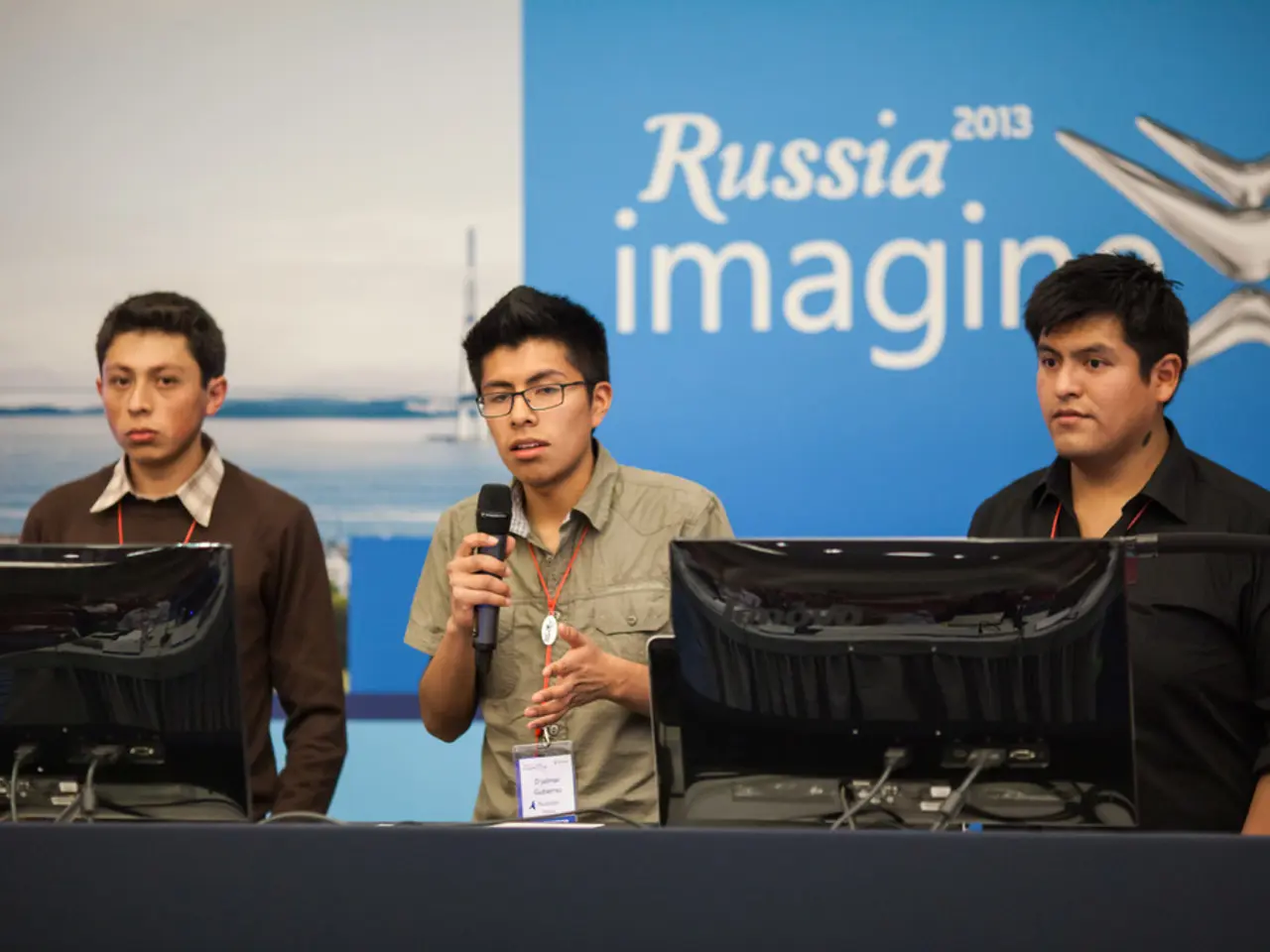"Britain's innovative nuclear fusion technology aims to boost plant efficiency by minimizing shutdown periods"
In a significant breakthrough for Britain's fusion efforts, the UK Atomic Energy Authority's (UKAEA) Remote Applications in Challenging Environments (RACE) program has made substantial progress in technology and engineering solutions for remote maintenance in fusion energy engineering. This development is a key component of the Fusion Futures (FF) programme, aiming to foster world-leading innovation in fusion power plant development.
The RACE program's advancements include the creation of a radiation-hardened actuator system and a radiation-tolerant multiplexer. M5TEC, a leading company in the field, has developed a 10MGy Total Integrated Dose Actuator Set. This system, designed to operate reliably in extreme fusion environments where high radiation levels typically degrade mechanical components, enables longer autonomous operations and reduces service intervals, crucial for enhancing productivity.
DEMCON, another company involved, has created a 1MGy Total Integrated Dose Analogue-to-Digital Multiplexer. This radiation-tolerant multiplexer converts analogue signals into digital form directly on the remote machine, significantly reducing cabling to remote systems by 60% and simplifying complex robotic architectures, thereby enhancing signal transmission reliability in high-radiation environments.
These innovations not only extend the operation time of fusion plants but also contribute to expanding the UK's fusion energy supply chain knowledge and capabilities. The advancements enhance the industry's ability to support remote maintenance tasks effectively, reducing the need for direct human intervention in hazardous environments.
The knowledge and skills acquired during this project will better position industry teams to address fusion-specific challenges, particularly in motor and gearbox design, facilitating further advancements in the fusion industry. The RACE program is now working on further innovations to reduce the cost and complexity of future fusion power plant design, installation, and maintenance.
Meanwhile, on the global stage, China has developed a cyborg battle suit that allows soldiers to toss drones, see through walls, and run on bots. In the realm of science, NYU scientists have solved a 100-year-old mystery of dolphin-style vortex rings. Japan has announced plans for the first new nuclear reactor since the Fukushima disaster, while Canada's 300 MW nuclear reactor is set to receive a turbine and generator to power 300,000 homes.
In space exploration, Americium-241 could soon replace plutonium fuel in NASA's longest space missions. A tool developed at KAUST predicts optimal solvent to unlock 20× power in organic thermoelectric. The world's fastest kamikaze drone with racing car aerodynamics has reached a speed of 280 mph.
As we navigate these exciting technological advancements, it is essential to address pressing environmental issues such as the 27 million tons of plastic that have piled up in the Atlantic Ocean and cannot be cleaned up. On a more positive note, gold has been found to survive at 19,000 kelvins without melting in a record-breaking extreme physics test, and floss-based vaccines have been developed to deliver flu antibodies to bone marrow, saliva, and more.
In international collaboration, Fusion Futures aims to maintain essential fusion research conducted in the U.K. and seek mutually beneficial international collaborations. However, concerns about cybersecurity have arisen, with Chinese hackers using a Microsoft loophole to target a US nuclear weapons design group.
Lastly, Google's geothermal experiments are being used as engineering templates for the energy transition, while an ancient reptile with feather-like skin has been found in a fossil that predates dinosaurs. These discoveries underscore the ongoing quest for knowledge and innovation across various fields.
- The RACE program's innovations, such as the radiation-hardened actuator system and radiation-tolerant multiplexer, are essential in fostering world-leading innovation in fusion power plant development, where technology and finance intersect to drive energy production.
- M5TEC's 10MGy Total Integrated Dose Actuator Set, designed to operate reliably in extreme fusion environments, showcases the UK's advancements in technology and engineering solutions, further expanding its fusion energy supply chain capabilities.
- The development of a 1MGy Total Integrated Dose Analogue-to-Digital Multiplexer by DEMCON not only redistributes signal transmission reliability in high-radiation environments but also contributes to the simplification of complex robotic architectures, a crucial aspect of innovation in the science and technology industry.




